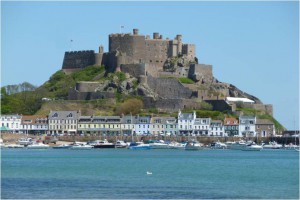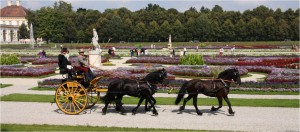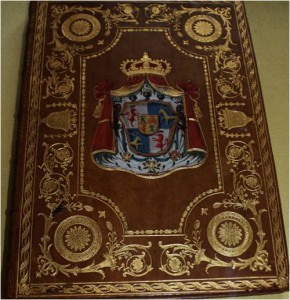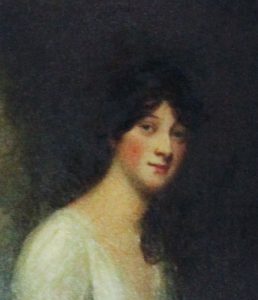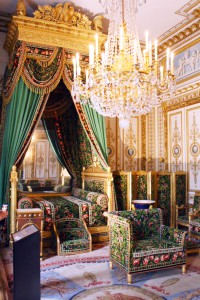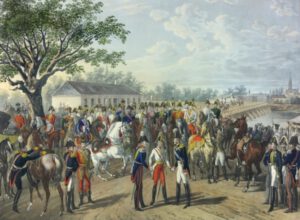 Vienna, 1814. 271,000 people live in the capital of the Austrian Empire. The city is going to host one of the major political events of the early 19th century: The Congress of Vienna. The heads of the five reigning dynasties, representatives from 216 noble families and their entourage travel to Vienna. 16.000 visitors are already arriving in September. More are to follow: plenipotentiaries, ministers, noblemen, servants, musicians, artists, merchants, fortune-hunters and card sharps.
Vienna, 1814. 271,000 people live in the capital of the Austrian Empire. The city is going to host one of the major political events of the early 19th century: The Congress of Vienna. The heads of the five reigning dynasties, representatives from 216 noble families and their entourage travel to Vienna. 16.000 visitors are already arriving in September. More are to follow: plenipotentiaries, ministers, noblemen, servants, musicians, artists, merchants, fortune-hunters and card sharps.
Have a glimpse behind the scenes
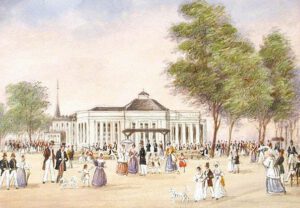 Organising the Congress is a huge task. Regency Explorer takes you behind the scenes as either the Head of the Police Ministry or the Master of Ceremonies and tells you more about the history of the Congress and the tasks that had to be fulfilled.
Organising the Congress is a huge task. Regency Explorer takes you behind the scenes as either the Head of the Police Ministry or the Master of Ceremonies and tells you more about the history of the Congress and the tasks that had to be fulfilled.
First, find out in which role you would have fitted best at the Congress by answering the three questions below. Count your points to get a proper result, and then read on to learn more about the challenges the real historical persons of Baron Hager, Head of the Police Ministry, and Count Trauttmansdorff, Master of Ceremonies, had to face.
Continue reading →

